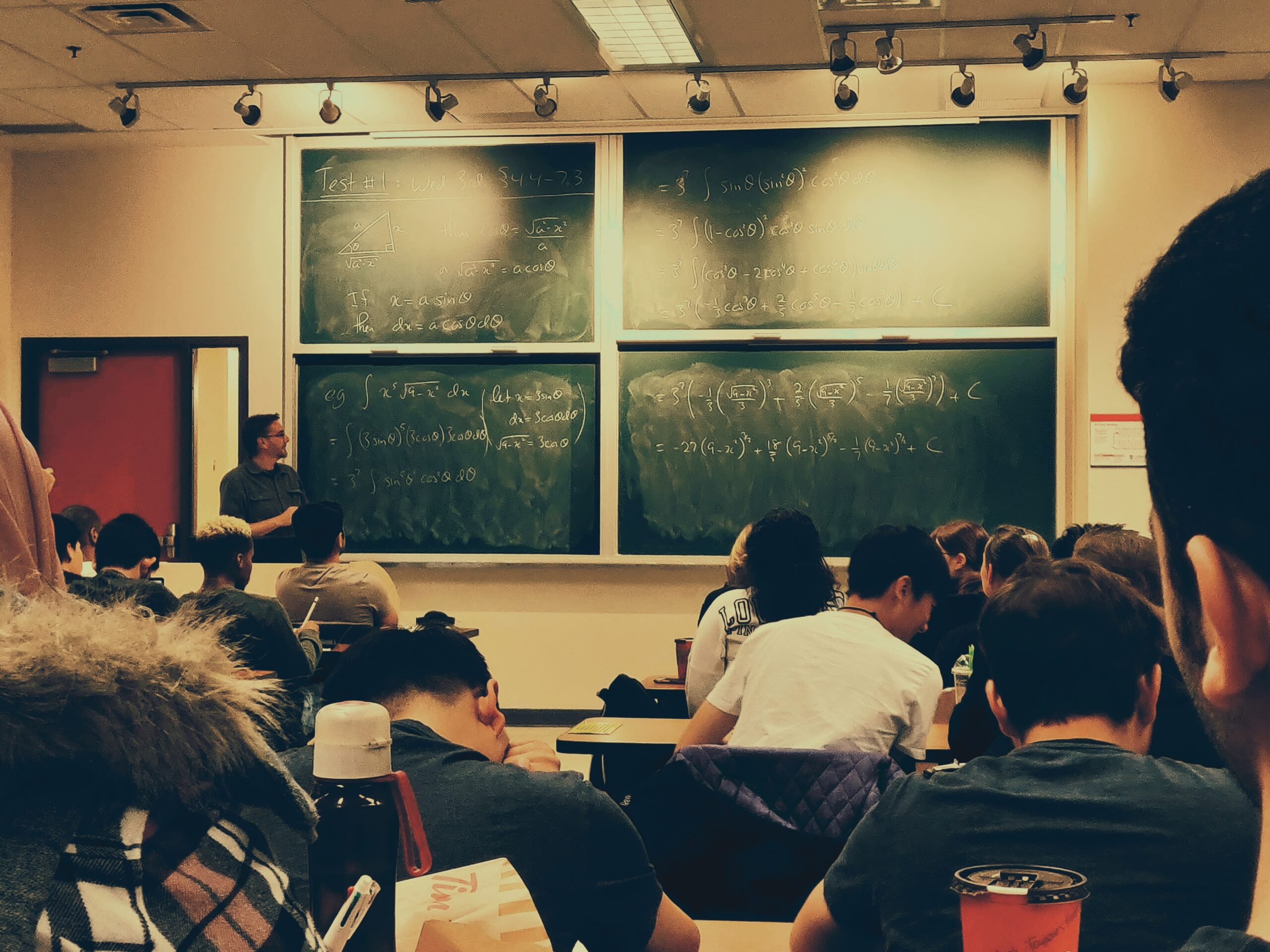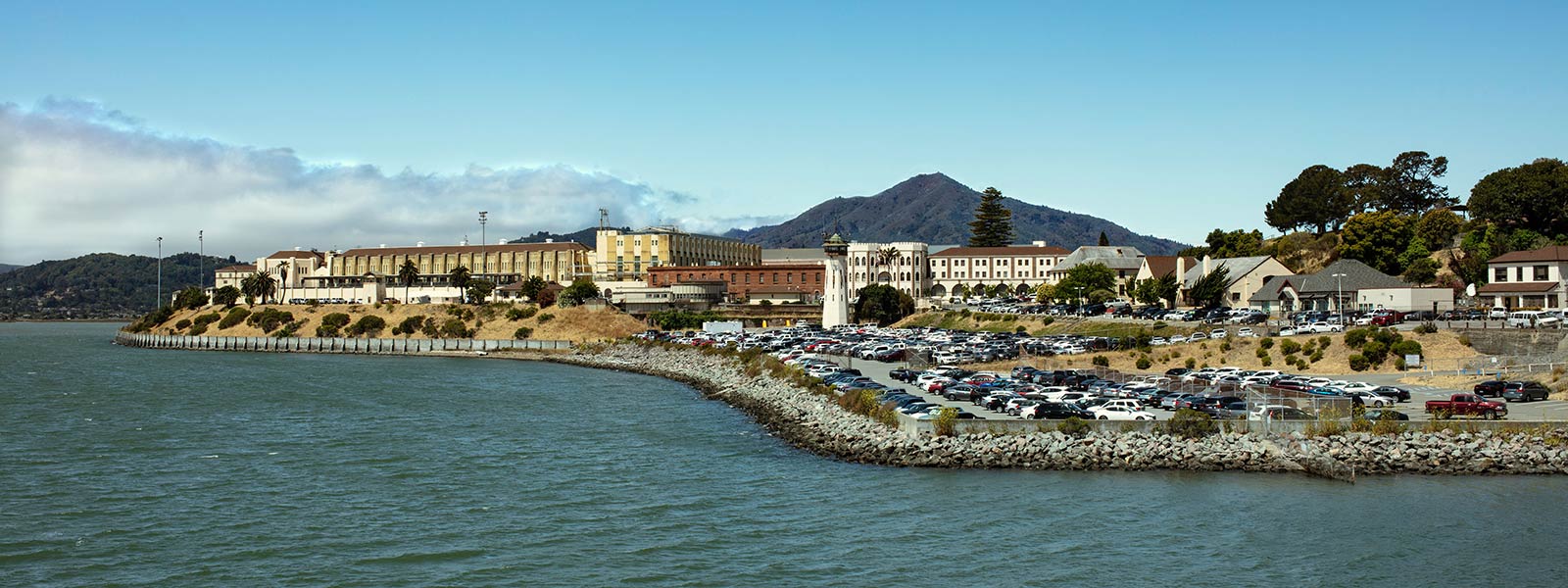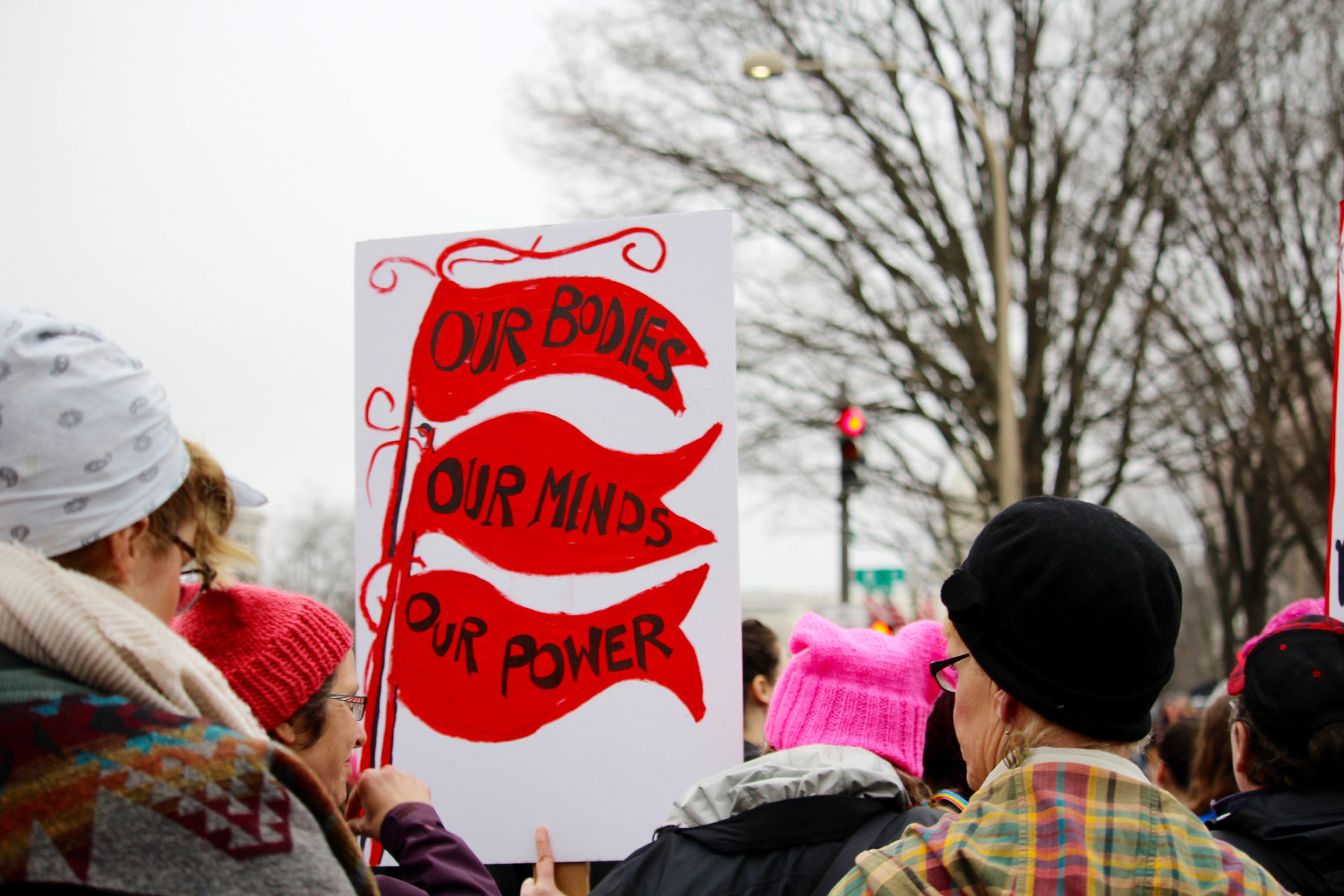On August 24, President Joe Biden’s White House announced intentions to ease student debt obligations by up to $20,000 for millions of Americans. Early details of the plan included a commitment to forgive up to $10,000 in federal student loan debt from the U.S. Department of Education for any borrower who earned less than an adjusted gross income of $125,000 ($250,000 for married couple filing jointly or head of household) in either 2020 or 2021, with Pell Grant recipients reportedly eligible to receive an additional $10,000 in relief on top of that.
While the finer points of the new debt forgiveness plan are still being hammered out, the measure is already set to have sweeping implications for those who qualify. To help make sense of the policy, NationSwell reached out to our community of experts for their reactions, and to ask if the plan goes far enough towards ensuring a more equitable playing field for millions of debt-saddled Americans.
Here are some of their responses:
NationSwell: What does the student loan forgiveness news mean in practical terms, for both workers and students?
David Shapiro, CEO of MENTOR
Similar to the enactment, further guidance, and activation of the Public Service Loan Forgiveness over the last year, this is another opportunity for economic relief and increased stability for folks who work for non-profits and anyone looking to start a career in the sector. It is also important to note that it will affect people of all ages, not just the person who is receiving loan relief. Economic relief for parents and spouses can affect whole families and communities. Student debt burden has also often been intergenerational as well. Awareness is crucial so that folks get the full benefit of this opportunity, and that’s where community-based organizations, mentors, and others need to spread the word and help folks access this.
Mohan Sivaloganathan, CEO of Our Turn:
We need a future-facing lens with respect to student debt. President Biden’s announcement provides current day relief for past issues, but the structural issues that perpetuate racial inequity still exist — such as students of color lacking financial, college, and career planning resources in middle/high school (a stark contrast to white and/or affluent students).
Zeeshan Ali, a former Our Turn student leader who recently wrote a piece on student debt:
For both workers and students, such forgiveness provides a great opportunity for upward mobility and financial sustainability. Whether it be $10,000 or $20,000, those amounts mean the difference between eating three meals a day or going hungry, being able to pay rent or becoming homeless, buying a car or walking miles to work . For current and prospective students, I believe it generates ambition within them to continue their pursuit of higher-education, knowing that attending a college is within their reach .With hope that such a culture of affordable education is prolonged, I foresee an increase in minority enrollment in educational institutions, thus closing the wealth inequality gap. Workers will feel that relief as well: I know of many friends who are working jobs that do not interest them, however, the pay of such jobs helps with their student debt. With this forgiveness, workers can have more flexibility in their career paths, and it can enable them to work in a field they want to, vs. one that they have to.
Martin Kurzweil, Vice President of Educational Transformation at Ithaka S+R:
While there are some open questions about when it will take place (as it will likely be challenged in court) and how it will operate, once in effect, President Biden’s loan forgiveness order would completely wipe out debt for millions of borrowers, many of whom have not completed their degree, are not recognizing the value of their investment, and have been shut out of ineffective existing options for reducing or cancelling their debt. Getting out from under that burden will allow those individuals to make family, financial, and educational plans that their debt has put on hold. I do worry that the forgiveness program, as seemingly simple as its criteria are, may prove administratively complicated — the process will need to be carefully designed to ensure that it does not put bureaucratic barriers in the way of individuals who would otherwise be eligible. The more the Education Department can process the forgiveness automatically, using information it (or other branches of the federal government) already has, the better. Although debt forgiveness doesn’t address the ongoing accumulation of new debt, it does put greater pressure on the administration and Congress to address problems of college affordability, wasted individual expenditures by those who don’t complete or get a credential of value, and ongoing processes for ensuring repayment and interest accumulation aren’t overwhelming. The administration’s announcement included some indications of how it plans to address income-based repayment, public service loan forgiveness, and institutional accountability, but a lot more detail is needed on those plans.
Jean-Claude Brizard, President and CEO of Digital Promise:
In many countries around the world, students don’t exit formal education saddled with debt. In practical terms, students can spend more time building the foundation for economic security and not worrying about repaying a loan that often greatly exceeds their annual income. It also allows some to enter graduate school and further their education.
NationSwell: What are some of the next steps we’ll need to take in order to advance educational and workforce equity?
David Shapiro, CEO of MENTOR:
Driving equity is about culture, structure, and systemic examination and change. We have to look at the barriers and biases that drive access, engagement, and retention. These could be economic, process driven, geographic, representative, along with other factors. And it requires deep listening, action orientation, benchmarking, communication, and marking progress and setbacks. It is a consistent pursuit and while there may be milestones, there is not an endpoint.
Dr. Noel Harmon, President and Executive Director of APIA Scholars:
We are grateful for the Biden administration’s recognition of the crippling effects of student loan debt, especially for the relief that will be directed towards the most under-represented and disadvantaged students in the educational process. While we appreciate that this is progress in providing aid to those who are most in need, we also feel that there are core problems that remain unsolved and must stay in the forefront. We need to continue to address systemic issues impacting educational equity, including financial barriers, access, and support.
Zeeshan Ali, former Our Turn student leader:
Outside of the student debt crisis that still remains, we must provide resources to marginalized communities in the form of community building, career guidance, and most of all, financial investments. I have seen it in my hometown of Palm Beach, Florida: There are mansions on one block of the street, but if you drive a block or two away, there are houses with broken windows, rundown schools, and mold-ridden recreational centers. We must allocate money towards such poverty-ridden areas to build better institutions that encourage personal development — in areas of both education and career, we need to reaffirm to the younger generation that they are not forgotten, nor do they mean any less than a student who lives in the wealthier part of town. And above everything else, we must make progressive change together, on every level. From the grassroots organizer to the President of the United States, there cannot be change if we are not unified in our efforts to make the world a better place, a place that promotes inclusion, offers opportunities of growth, and relentlessly fights for equity, for this generation and those to come.
Mohan Sivaloganathan, CEO of Our Turn:
We need to invest in reframing the narrative around education and race. Too often, education is viewed as a critical lever for upward mobility and success — UNLESS — it is a Black, Indigenous, or Student of Color, and suddenly they are viewed as asking for a handout. The elimination of predatory higher education practices — while addressing an unjust playing field leading up to higher education — can actually forge a more prosperous, inclusive, and healthy country.
Jean-Claude Brizard, President and CEO of Digital Promise:
We need to make college more affordable and create better pathways from education to a meaningful career — one that puts young people on a path to economic security, well-being and personal agency. The Education Secretary’s push to greatly increase PELL is one good step in that direction.
Martin Kurzweil, Vice President of Educational Transformation at Ithaka S+R::
There’s so much to do! Focusing on the federal and state level, the federal government and states ought to orient their spending and policies toward providing value with their investments in education — improving affordability as well as attainment of credentials that have labor market value. An important step is providing adequate resources to public institutions, especially those that serve large populations of students of color and lower-income students (which currently are less resourced than those serving wealthier, whiter student populations). An important issue that affects attainment is that the majority of students will earn college credit and other forms of validated postsecondary learning from more than one source, and we are terrible at reconciling all that evidence of learning and enabling seamless transfer — it results in a huge waste of time, money, and effort, and it disproportionately harms people of color and those from lower-income backgrounds. Streamlining transfer by aligning policies, providing better access to information and guidance, and reducing administrative barriers will benefit millions of individuals.





